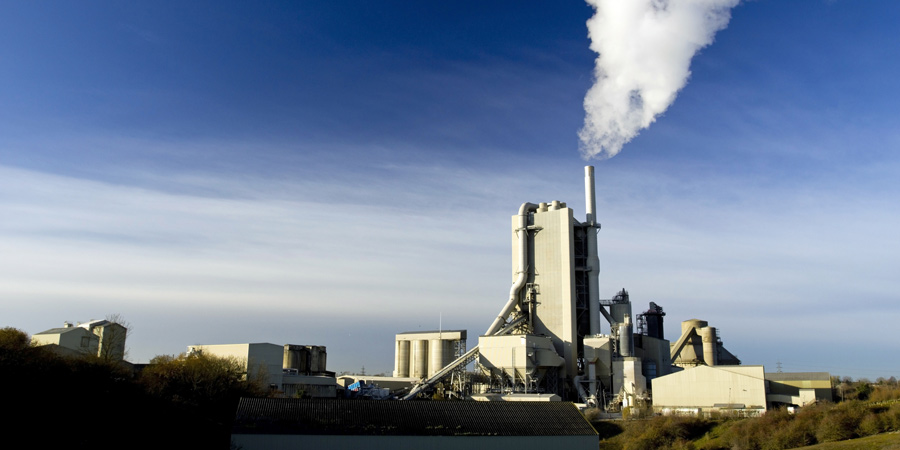Reducing CO2 through clinker replacement

One approach to reducing carbon footprint is to use supplementary cementitious materials (SCMs) to lower the clinker factor of cement.
Each 1% drop in clinker factor can reduce emitted CO2 by 8-9 kg/cement tonne. However, increasing the SCM level to lower the clinker factor usually results in somewhat poorer cement performance. For example, a 1% increase in SCM can reduce 28-day mortar strength by 0.2 - 0.8MPa, depending on SCM type, cement fineness, grinding system, and clinker characteristics.
The impact on strength can be mitigated by increased clinker quality, increased cement fineness or through the appropriate application of a chemical additive, such as a quality improver. It is common for cement performance additives to achieve a strength gain of between 2 - 8MPa and, with such an increase, it is possible to lower the clinker factor by 3-10%. The economic benefit from the lower clinker factor largely depends on the cost differential between the SCM and the clinker, but can be significant.
The below table summarizes various means of reducing CO2 emissions and highlights the importance of reducing clinker factor in comparison to other approaches such as improving grinding efficiency.
| Parameter | Factor | CO2 kg/Cement tonne |
| Clinker Factor | 75% | 647 |
| kWh/t | 45 | 23 |
| Reduction Measures | Factor | CO2 kg/Cement tonne |
| Mill Optimization Energy Saving | 10 - 15% | 2.3 - 3.5 |
| VRM vs Ball Mill | 25% | 6 |
| Fineness Reduction | 10m2/kg | 0.5 - 1 |
| Strength increase, Reduced Cement Fineness | 1 MPa | 1 - 2 |
| Optimizing Clinker Microstructure on Grindability/Strength | - | 5 - 6 |
| Reduce Clinker Factor in Cement | 1% | 8 - 9 |
| Strength increase, Reduced Clinker Factor | 1MPa | 8 - 17 |
| QI Cement Additive - Reduced Clinker Factor | 3 - 10% | 28 - 86 |
1. Clinker at 826kg CO2/t
2. Cement grinding at 45 kWh/t
3. 1kWh = 0.5kg CO2
Cement plant example: a customised quality improver was used to provide process optimization, allowing for 17% increased output and equivalent lower kWh/t, and strength enhancement, leading to a 5% additional clinker replacement with limestone at constant cement performance. The increased clinker replacement led to a reduction in emission of 43 kg of CO2/cement tonne, while those of the grinding system reduced by 3 kg of CO2 per tonne of cement. The total CO2 emission per cement tonne was reduced by approximately 6%.
Tags
- Cement production
